

The district basically is an agrarian economy. Economic activities are therefore low with farming as the most important productive activity with respect to output, income and employment. About 63.2 percent of the working population is estimated to be engaged in agriculture. However, smallholder farmers who use traditional farming methods dominate these activities. Table 9: depicts the structure of the district economy.
Community Level Poverty
One of the most serious social problems in the district is relatively high level of poverty. The human settlements perhaps depict most glaring signs of rural poverty. Many poverty stricken communities in the district are characterized by incidence of low-level basic social amenities such as health, education, water, and sanitation. It also manifests in the dilapidated buildings and general decay of the built up environment.
Personal Level Poverty
At the personal level, poverty is manifested by the inability on the part of individual or household to meet basic needs of life in terms of adequate food intake, clothing and shelter. Most of the poorest in the district live in smaller settlements, which are dominated by unacceptable level of social deprivation. Small hold subsistence farmers among which women are in majority form the bulk of the rural poor households.
Security And Judiciary
Maintenance of law and order is a pre-requisite for the effective development of every society. Ahafo Ano South West District has a district Police Headquarters with four Police Stations at Mankranso, Wioso, Pokukrom, and Mpasaso for the maintenance of law and order in the district.
These Police stations are beset with a number of problems among them are:
I. Inadequate personnel
II. Inadequate logistics e.g. vehicle and stationery
III. Inadequate accommodation
The district Assembly over the years has made strenuous efforts to support the Police Service. So far, the district has renovated existing residential accommodation and the charge office of the Mankranso Police Station. Work on the accommodation blocks for Pokukrom, Wioso and Mpasaso Police Stations have been completed. It is important to mention that the Police Service in the District would be strengthened during the planned period to provide maximum security for the district.
POCC
In spite of the numerous development problems which confront the district, the POC analysis indicates a number of Potentials an opportunities which when properly handled could bring about remarkable improvement the district’s economy.
These are:
Potential
• Availability of arable land for agriculture
• Youth population – The youthful nature of the district’s population offers a unique opportunity for growth and development. If the youth are provided with skills and right leadership, it will go a long way to accelerate the district’s development.
• Availability of extension services with availability of extension services in the district, farmers can take advantage of new innovations and methods of farming to improve their production levels and income.
Farmers, artisans and other informal operators could be encouraged to form co-operatives to enable the access credit from the unicorn credit component of the Community-Based Rural Development Project (CBRDP). The Co-operatives offer an alternative to the problem of collateral security, which makes it difficult for farmers to secure loans from financial institutions.
The district is endowed with forest resources in the form tropical resources in the form tropical hard-wood which could support wood industry in the district.
Mineral prospecting in the district has revealed deposits of rich mineral like Gold, Bauxite, Manganese, Clay and Quarry stones. Future investment in any of these minerals in the district has the potential to transform the district’s economy.
Opportunities
Donor Assisted programmes and projects such as BESIP, CBRDP and DFID etc. These programmes are all geared towards improving good quality education.
• Incentive packages to workers in deprived areas.
• National irrigation programme.
• Poverty Reduction programmes
• National food security progamme
Investment and Business Potential
Other notable minerals found in the district include manganese, sand, clay and quarry stone. Currently, some mining companies are undertaking mineral exploration in the district. Sam Tush, Star Gold and Ode Mining Companies are currently exploring mineral deposits at Sabronum, Bankwaso/Duayaw Nkwanta and Mankranso respectively.
Agriculture is the mainstay of the district’s economy, and it is endowed with vast arable tracts of land.Okro and rice are extensively grown in such areas as Sabronum, Ahwerewam and Asempanaye, Adugyama and Kwamekyemkrom respectively.These areas will support the establishment of food preservation plants, such as rice mills and tomato processing plants.
The low-lying river basin between Adugyama and Mankranso could be harnessed for its high potential. The district’s immense potential for the development of fish farming is very important.Currently, there are 23 fishponds in the district.Many of them can be found at Kunsu, Biomo II and Adugyama.
The extensive forest with varying plant species offer great investment potentials for the establishment of woodcarving and basket weaving ventures.Kente weaving is also a prominent industry in the district.Good quality kente is produced in such areas as Pokuase,Nsutom and Nyoamoadom.The district lies within the forest zone and therefore has the potential for both snail and mushroom productions.
Date Created : 11/15/2017 4:26:05 AM


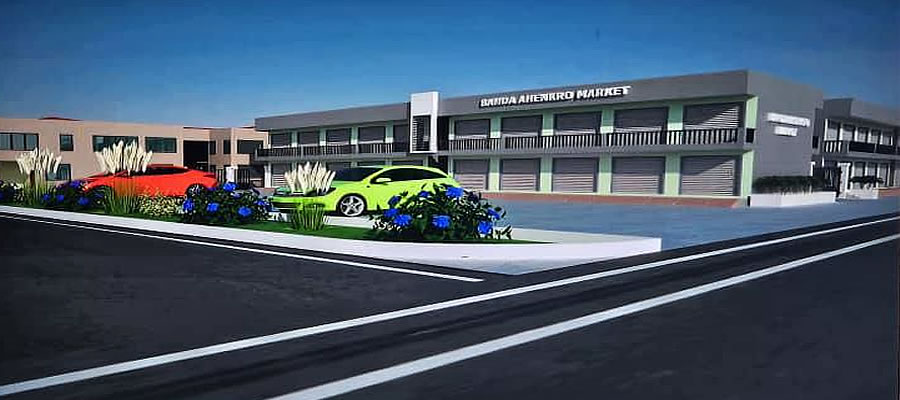
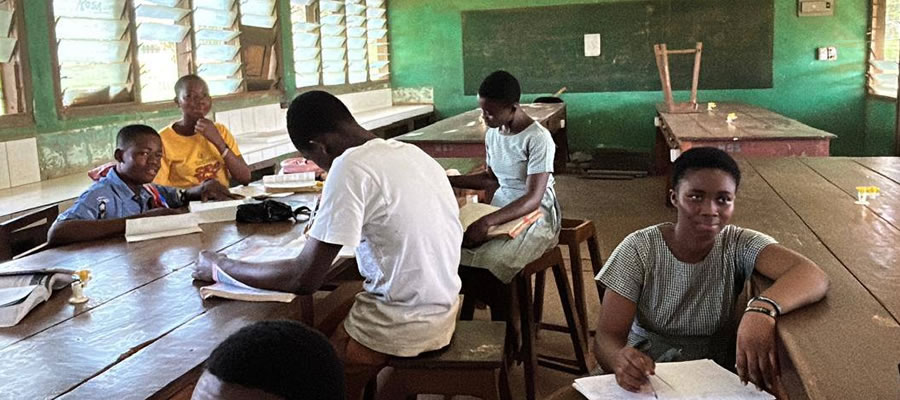
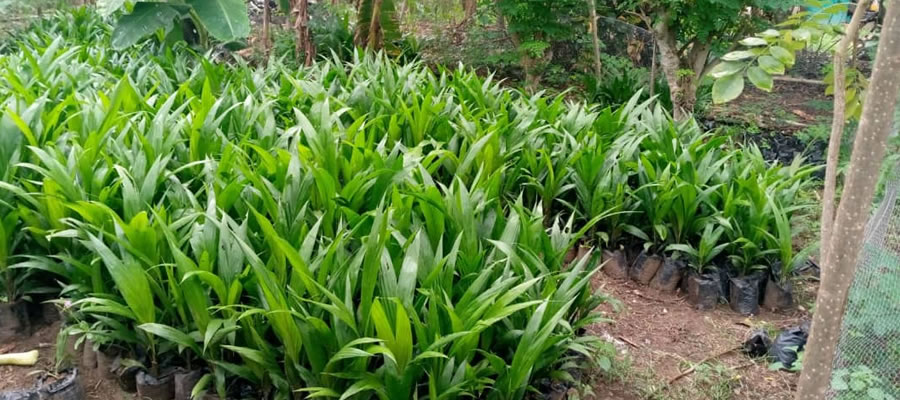

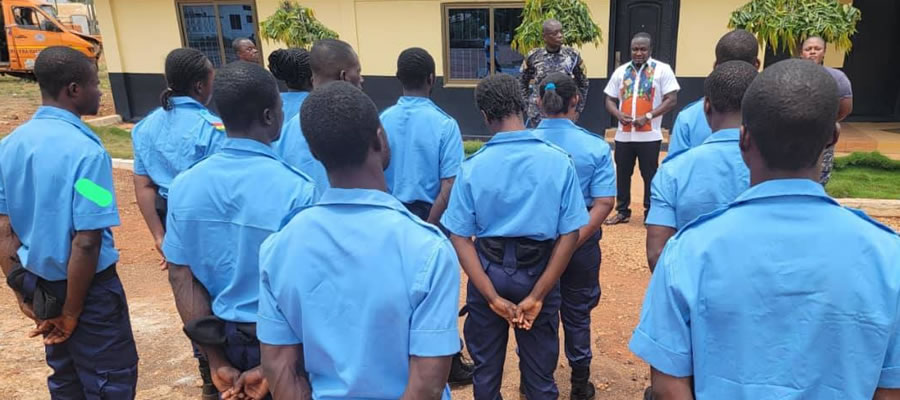
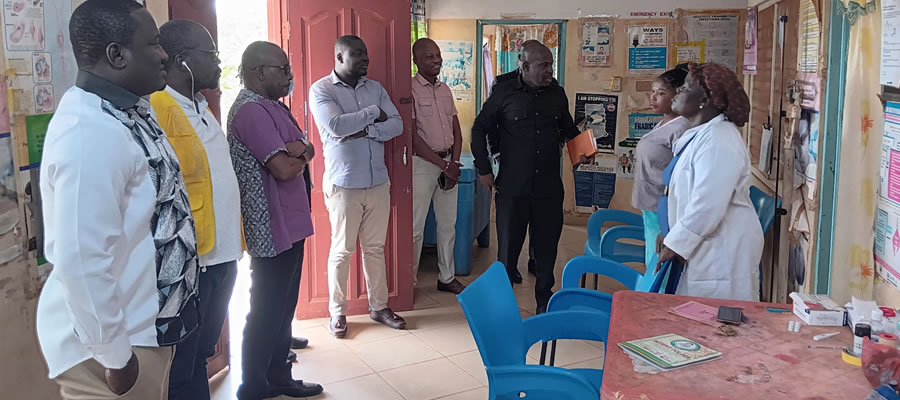


 facebook
facebook
 twitter
twitter
 Youtube
Youtube
 +233 593 831 280
+233 593 831 280 0800 430 430
0800 430 430 GPS: GE-231-4383
GPS: GE-231-4383 info@ghanadistricts.com
info@ghanadistricts.com Box GP1044, Accra, Ghana
Box GP1044, Accra, Ghana